America’s landscape holds countless natural marvels, but some settlements have grown so intimately connected to these wonders that they’ve become inseparable from the geological forces that shaped them. These towns didn’t just happen to emerge near remarkable features—they were born because of them, with entire communities developing around the springs, caves, geysers, and formations that first drew settlers to seemingly impossible locations.
Here’s a list of 15 U.S. towns whose very existence stems from the natural wonders that continue to define their character today.
Mammoth Cave, Kentucky

This small community exists solely because of the world’s longest-known cave system stretching beneath the rolling hills of central Kentucky. The town’s 183 residents live above a limestone labyrinth containing over 400 mapped miles of passages, though scientists believe as much as twice that amount remains unexplored.
Mammoth Cave’s economy revolves entirely around cave tourism, with local businesses offering everything from necessities to specialized spelunking gear for visitors brave enough to venture beyond the standard tours. The community maintains a delicate balance between preserving the cave’s pristine environment and providing access to one of America’s most remarkable underground landscapes.
Yellowstone National Park, Wyoming

Though technically an unincorporated area rather than a traditional town, this community of Park Service employees, concessionaires, and their families creates a unique settlement entirely dependent on geothermal activity and wildlife. The “town” of Yellowstone sits atop one of the world’s largest active volcanic systems, with residents living alongside geysers, hot springs, and the occasional grizzly bear wandering through their neighborhoods.
During peak season, this community swells to accommodate thousands of seasonal workers who help manage the park’s three million annual visitors. Living in Yellowstone means adapting to an environment where natural forces always take precedence over human convenience—where erupting geysers and roaming bison are just part of daily life.
Like Travel Pug’s content? Follow us on MSN.
Hot Springs, Arkansas
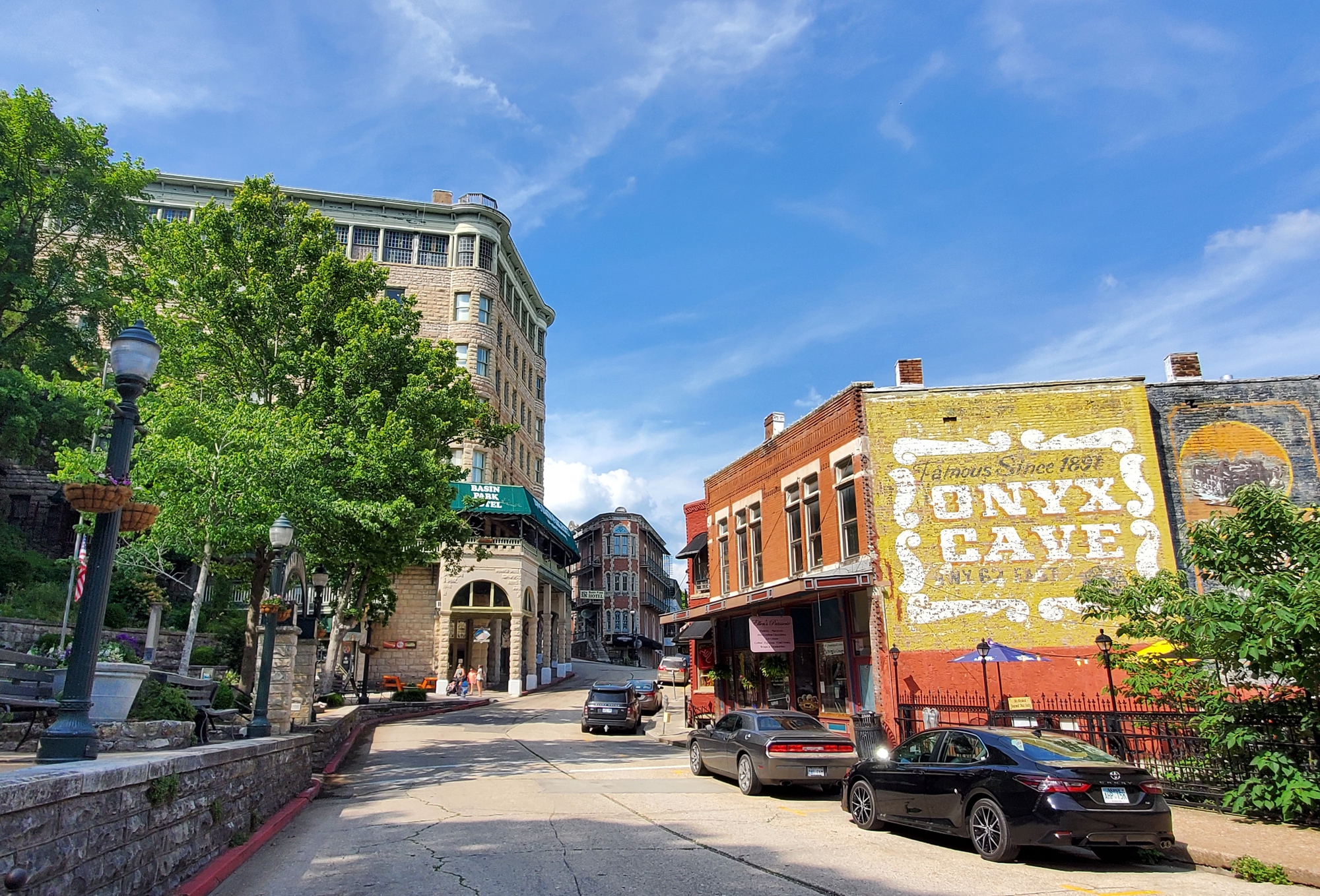
Arkansas’s thermal springs drew Native Americans for centuries before European settlers recognized their therapeutic potential and built a town around the naturally heated waters. The city’s downtown core clusters around 47 thermal springs that pump out nearly a million gallons of 143-degree water daily, with grand bathhouses from the early 1900s still operating as spas and museums.
Hot Springs transformed from a frontier health destination into America’s first national park (though later reclassified as a national park), with the town and park boundaries overlapping in ways that make it impossible to separate natural wonder from human habitation. Today’s residents live within a landscape where natural hot springs continue bubbling up through city sidewalks, reminding everyone that they’re living on top of something extraordinary.
Carlsbad, New Mexico

The town of Carlsbad grew up around the Pecos River, but its identity became forever linked to the massive limestone caverns discovered nearby in the early 1900s. Carlsbad Caverns’ 30-story-high main chamber and intricate formations drew visitors from around the world, transforming a small farming community into a tourist destination.
The town’s economy pivots between serving cave visitors and supporting the oil industry, but the caverns remain its primary claim to fame. Local businesses stay busy providing food, lodging, and services to those who travel great distances to experience one of the world’s most spectacular underground environments.
Old Faithful Inn, Wyoming
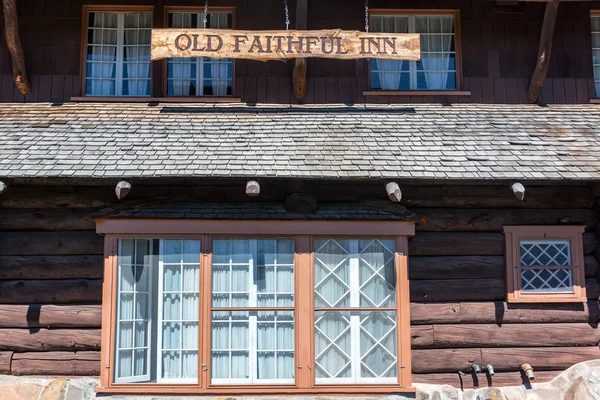
While technically part of Yellowstone, this historic lodge represents one of the few permanent human settlements built specifically to accommodate visitors to a natural wonder. Constructed in 1904 from local timber and stone, the inn sits just yards from the Old Faithful geyser, allowing guests to watch eruptions from their rooms or the massive lobby windows.
The inn operates like a small town during tourist season, housing hundreds of employees and guests in one of the world’s largest log structures. Living and working here means organizing your schedule around geyser eruptions and adapting to an environment where the main attraction operates on its geological timetable.
Like Travel Pug’s content? Follow us on MSN.
Page, Arizona
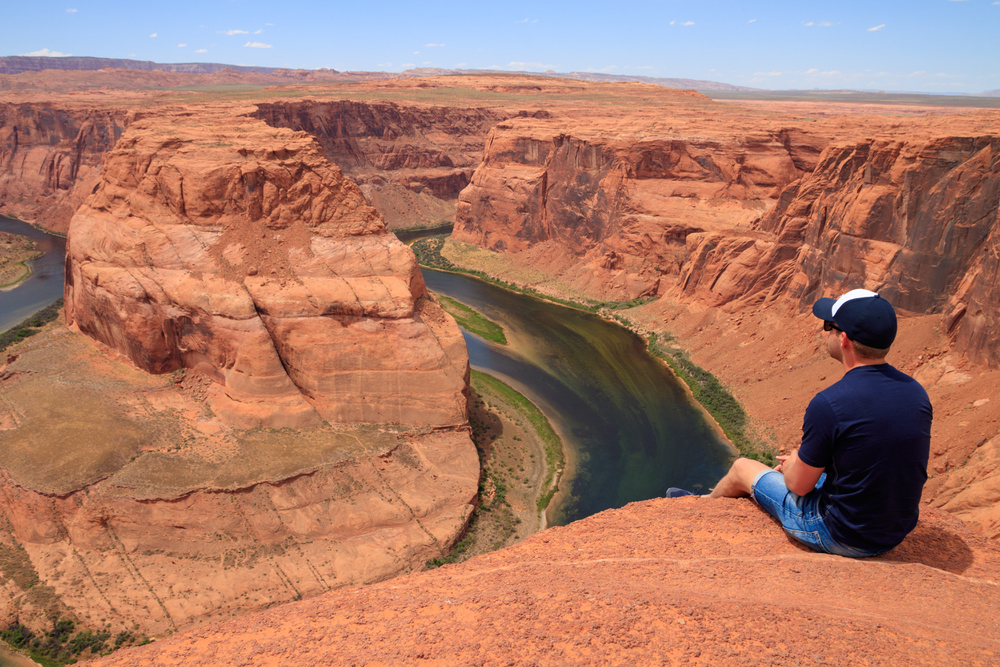
This planned community came into existence in 1957 to house workers building Glen Canyon Dam, but the town’s character is now defined by the extraordinary red rock formations and slot canyons surrounding it. Page sits on a mesa overlooking Lake Powell, with streets offering views of formations like Rainbow Bridge and access to attractions like Antelope Canyon.
The town’s entire economy revolves around managing and providing access to these geological marvels, from lake recreation to photography tours of the narrow slot canyons that have become Instagram sensations. Page demonstrates how modern engineering can create communities in landscapes so dramatic they seem almost surreal.
Niagara Falls, New York

Though overshadowed by its more famous Canadian counterpart across the river, the American side of Niagara Falls shows how a community can develop in the literal shadow of one of the world’s most powerful waterfalls. The town’s residents live with the constant sound of 150,000 gallons of water per second plunging over limestone cliffs, a thunderous reminder of the natural force that brought their community into existence.
Niagara Falls, New York, serves primarily as the American gateway to the falls, with local businesses focusing on tourism, hydroelectric power generation, and providing services to the millions who come to witness the spectacle. The town’s fortunes remain as changeable as the mist that rises from the falls, dependent on factors as variable as international relations and tourism trends.
Eureka Springs, Arkansas

This Victorian mountain town developed around 63 natural springs that early settlers believed held healing properties, creating a community that seems to defy gravity as it clings to steep hillsides. Eureka Springs’ winding streets follow the natural contours of the land, with no two buildings on the same level and most streets too narrow for modern traffic patterns.
The town’s entire business district is listed on the National Register of Historic Places, preserving the architecture that grew up around spring-fed establishments in the late 1800s. Today, residents maintain a community where Victorian houses perch on impossible slopes, and natural springs still flow, though the town has evolved from a health resort to an arts destination while retaining its peculiar relationship with the landscape.
Like Travel Pug’s content? Follow us on MSN.
Saratoga Springs, New York
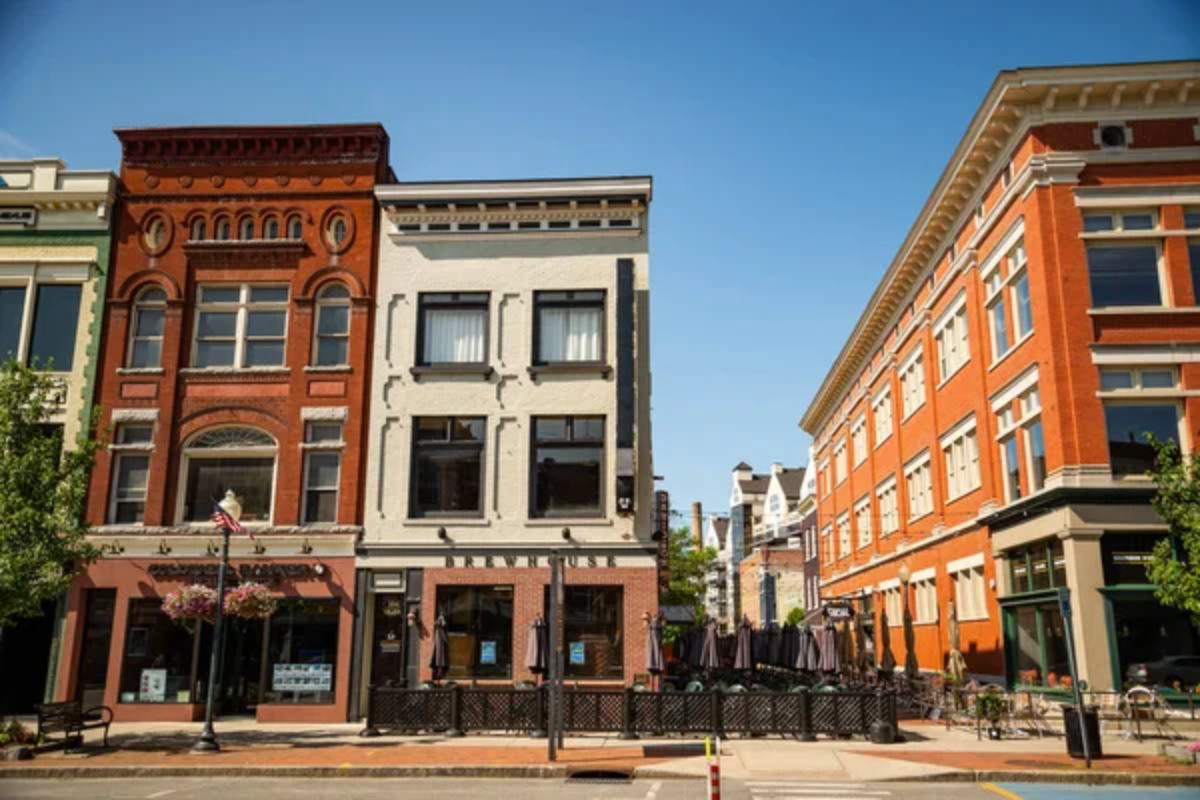
The mineral springs that bubble up through Saratoga Springs’ downtown parks have shaped this community since before the Revolutionary War, creating a resort town that combines natural mineral waters with thoroughbred racing and high society. The town’s economy developed around the belief that naturally carbonated spring water could cure everything from digestive ailments to heartbreak, attracting visitors who built grand hotels and established cultural institutions.
Saratoga Springs still bottles its mineral water commercially while maintaining public access to the springs through downtown parks where locals and tourists alike fill jugs with naturally fizzy water. The community balances its role as a modern college town with its identity as a place where natural springs continue to influence daily life in ways both practical and cultural.
Haines, Alaska

Perched along the Lynn Canal fjord where the Chilkat River meets the sea, Haines exists primarily because of the massive bald eagle gatherings that occur here each fall and winter. The town’s 2,500 residents live surrounded by peaks rising directly from the water, but their community gained recognition for hosting the world’s largest concentration of bald eagles during salmon runs.
Haines developed as a supply point for interior Alaska, but its identity now revolves around providing access to wildlife viewing and outdoor recreation in one of America’s most dramatically situated settlements. The town operates with a year-round population that swells each fall when photographers and wildlife enthusiasts arrive to witness thousands of eagles feeding along the river.
Hannibal, Missouri

While famous as Mark Twain’s childhood home, Hannibal’s character was shaped by its position along the Mississippi River and the limestone caves that honeycomb the bluffs above town. The town developed as a river port, but the caves, particularly Mark Twain Cave, became central to its identity after Twain immortalized them in his novels.
Today, modern Hannibal balances its role as a Mississippi River town with its status as a tourist destination built around both literary history and geological formations. Local businesses cater to visitors exploring the caves that inspired American literature, while serving a community that has always lived between river and bluff.
Like Travel Pug’s content? Follow us on MSN.
Death Valley Junction, California
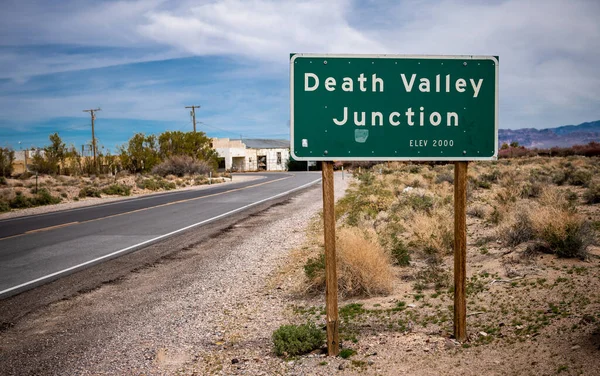
This tiny community in the heart of Death Valley shows how humans can adapt to one of Earth’s most extreme environments, existing where summer temperatures regularly exceed 120 degrees and rainfall averages less than two inches annually. Death Valley Junction developed around the borax mining industry but now serves primarily as a gateway for visitors wanting to experience America’s hottest, driest, and lowest national park.
The town’s dozen or so permanent residents live in isolation that’s difficult to comprehend—the nearest grocery store is 40 miles away, and summer heat makes outdoor activity dangerous during daylight hours. Yet this community persists, providing essential services to thousands of visitors who come to experience a landscape so alien it’s been used as a stand-in for other planets in countless science fiction films.
Bodega Bay, California
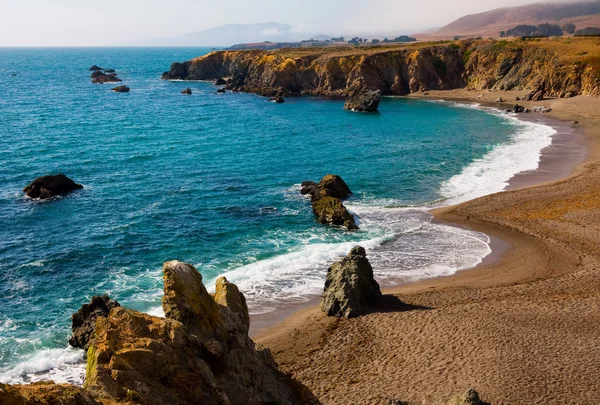
This coastal community sits above some of the most active seismic territory in North America, where the San Andreas Fault runs directly offshore and continues to shape both landscape and daily life. Bodega Bay developed as a fishing village, but its dramatic coastline and proximity to San Francisco transformed it into a tourist destination made famous by Alfred Hitchcock’s ‘The Birds.’
The town’s residents live with constant reminders of geological activity—from the sea cliffs that continue eroding to the fault zone that offshore surveys show in remarkable detail. Bodega Bay demonstrates how communities can thrive in landscapes actively being reshaped by the same forces that created them.
Watkins Glen, New York
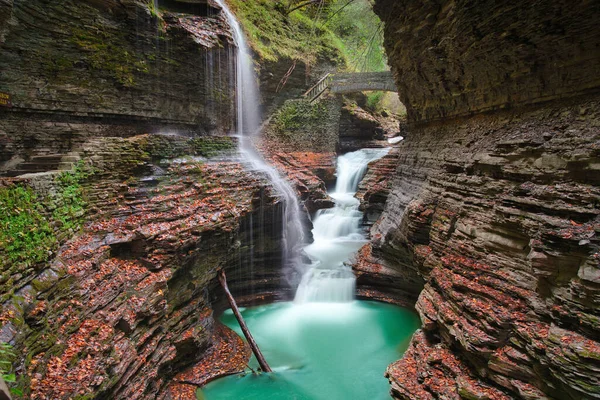
The village of Watkins Glen exists at the head of Seneca Lake primarily because of the stunning gorge that cuts through the heart of town, where Watkins Glen Creek descends through 19 waterfalls in less than two miles. The town developed around mills powered by the creek, but the gorge itself became the main attraction once the state park opened in 1906.
Today, residents live in a community where the main street ends at the entrance to one of New York’s most spectacular natural features. Watkins Glen balances its role as a Finger Lakes tourist destination with its continuing identity as a place where dramatic geology continues shaping both landscape and community character.
Like Travel Pug’s content? Follow us on MSN.
Terlingua, Texas
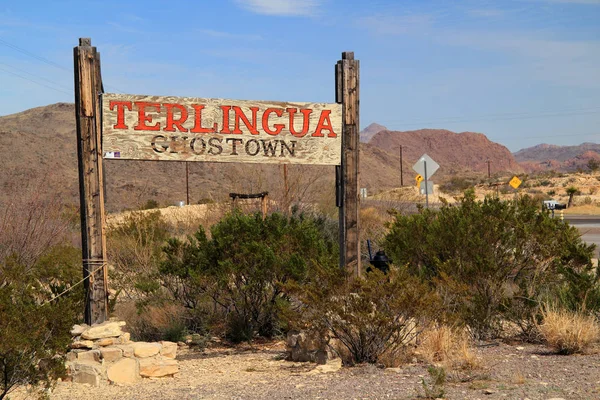
This former mercury mining town near Big Bend National Park was essentially abandoned until the 1960s when its position amid some of Texas’s most dramatic desert landscapes began drawing writers, artists, and those seeking isolation. Terlingua sits surrounded by the Chihuahuan Desert’s limestone canyons, volcanic peaks, and vast expanses that represent some of America’s last truly wild country.
The community’s several hundred residents live without many modern conveniences, drawn by landscapes so rugged and remote they offer a genuine escape from contemporary life. Terlingua shows how natural wonder can not only create communities but resurrect them as people continue choosing to live in places where the land itself provides both challenge and inspiration.
Where Earth Shapes Community

These towns represent something uniquely American—the willingness to build communities in places where natural forces dominate human ambition. From geothermal valleys to underground rivers, dramatic coastlines to desert extremes, these settlements show how geography becomes destiny when natural wonders are spectacular enough. Their residents don’t just live near remarkable landscapes; they’ve organized entire communities around them.
These places remind us that some of America’s most interesting towns exist not despite challenging natural environments but because of them. They prove that humans will not only adapt to extraordinary places but will also build lasting communities that celebrate the very forces that make conventional settlement seem impossible. In each case, the natural wonder hasn’t just shaped the town’s economy or character—it has become inseparable from what makes each place home.
More from Travel Pug

- Cities Growing so Fast You Won’t Recognize Them in 10 Years
- 13 Destinations Where Tourists Regularly Regret Their Trip
- 16 U.S. Cities That Are Quietly Becoming Travel Hotspots
- Where to Travel If You Love Long Bus Rides and Daydreams
- 20 Cities Perfect for Solo Travelers Who Crave Adventure & Culture
Like Travel Pug’s content? Follow us on MSN.
